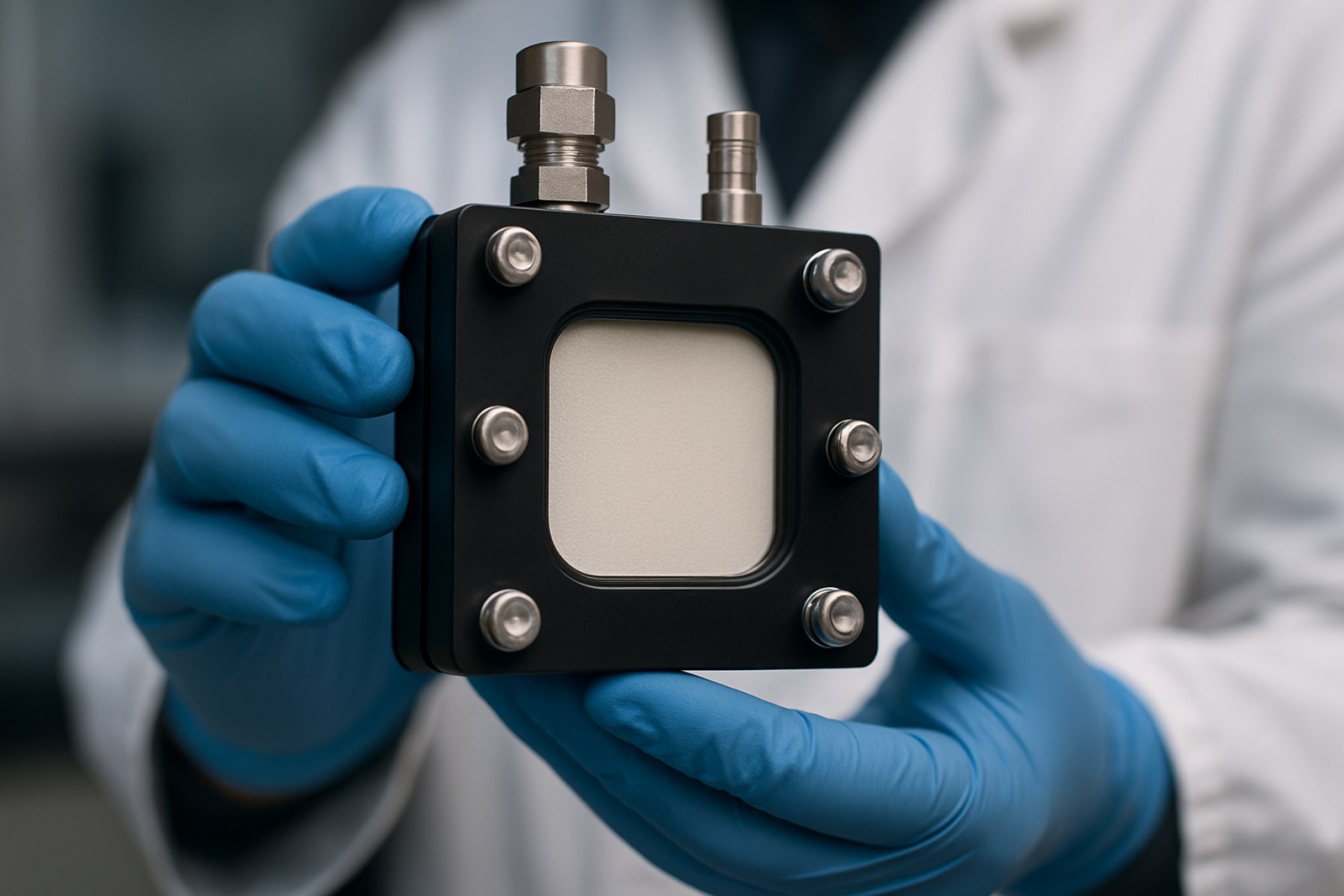Revolutionizing Clean Energy with Ultra-Thin Hydrogen Fuel Cell Membrane
Key Ideas
- Norwegian researchers unveil a groundbreaking 0.0004-inch hydrogen fuel cell membrane, reducing costs by 20% and platinum use by 62%.
- Thinner membrane leads to a 33% reduction in material use, 20% drop in production costs, and 62.5% less platinum usage, boosting efficiency and sustainability.
- The innovation is set to accelerate the adoption of hydrogen fuel cells in transportation sectors like trucks, trains, ships, and potentially aircraft, aiding in reducing greenhouse gas emissions globally.
- The development highlights the importance of focusing on interfacial resistance rather than bulk, paving the way for a more affordable and cleaner energy future with hydrogen technologies.
A team of Norwegian scientists at SINTEF has introduced a game-changing ultra-thin hydrogen fuel cell membrane that is poised to disrupt the global energy landscape. This membrane, just 0.0004 inches thick, has the potential to make hydrogen fuel cells significantly more affordable and efficient. By focusing on reducing interfacial resistance, the researchers have managed to cut costs by 20% and platinum use by 62.5%, addressing key sustainability concerns.
The thinner membrane also results in a 33% reduction in material use, leading to lower production costs and greater efficiency in hydrogen fuel cells. This breakthrough could revolutionize clean transportation, making hydrogen fuel cells a more viable option for long-haul, shipping, and aviation industries.
Countries with ambitious hydrogen strategies like Japan could benefit greatly from this innovation, accelerating their zero-emission goals. Major organizations and governments are urged to fast-track the adoption of these advanced membranes to drive the transition to sustainable energy.
The development of this ultra-thin membrane not only signifies a significant cost reduction but also a leap forward in sustainability and efficiency in the energy sector. With a focus on interfacial resistance and meticulous engineering, this innovation opens up new possibilities for the widespread adoption of hydrogen fuel cells, ultimately paving the way for a cleaner and greener future.
Topics
Rail
Environmental Impact
Innovation
Sustainability
Transportation
Energy Sector
Global Collaboration
Technological Advancement
Cost Reduction
Latest News
